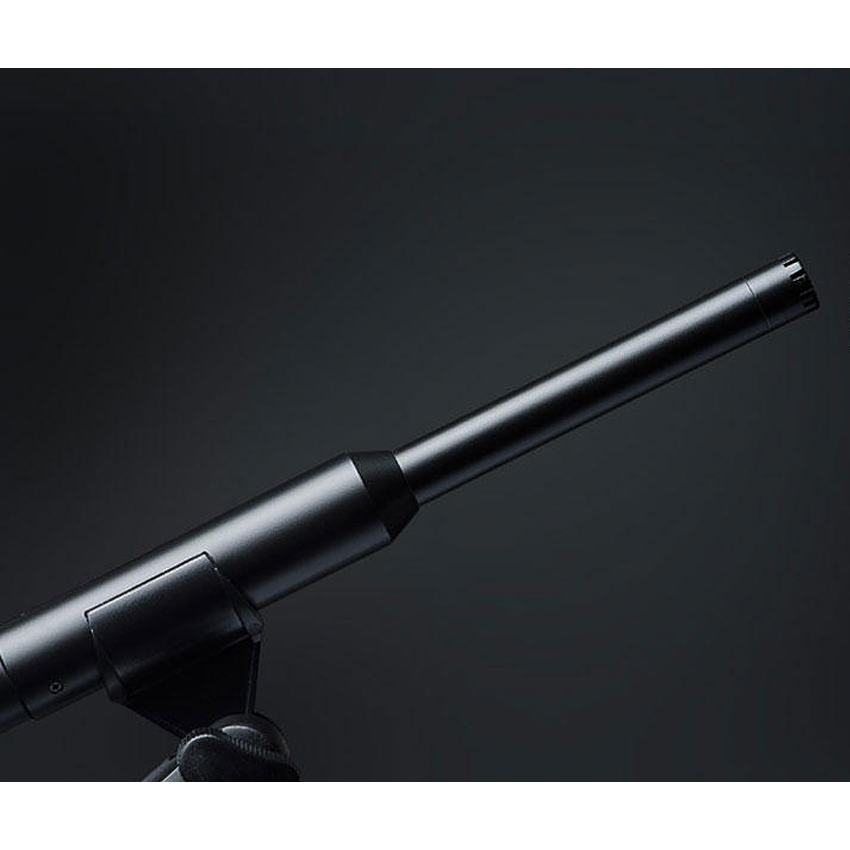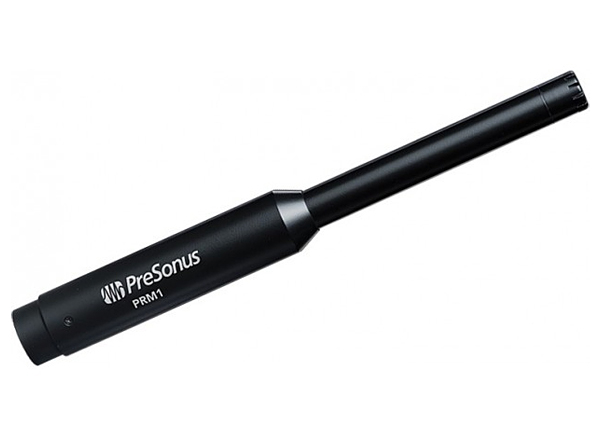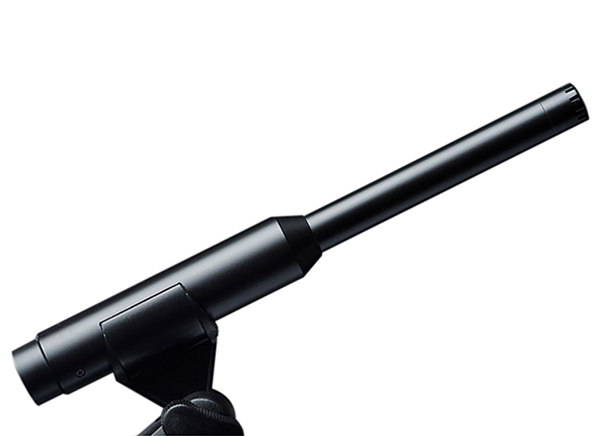Introducing the PreSonus PRM1 precision reference microphone
The PRM1 is a special type of condenser microphone that provides an accurate reproduction of a room's sound characteristics for use with audio-analysis tools such as real-time analysers (RTAs) and spectrographs.
It has an omnidirectional polar pattern and exhibits linear frequency response between 20 Hz and 20 kHz, so it won’t colour the sound.
With this mic and PreSonus UC Surface multi-touch mixer-control software with Smaart Measurement Technology, PreSonus StudioLive digital mixer owners can have a powerful and affordable audio-analysis and correction system.
The PRM1 also has an all-metal chassis and comes with a clip, foam windscreen, and hard case.



